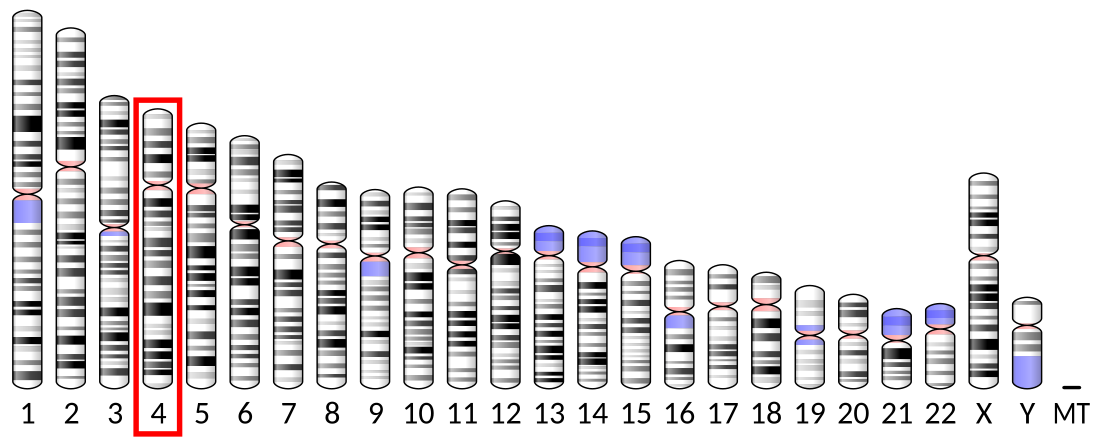Top Qs
Timeline
Chat
Perspective
LETM1
Protein-coding gene in the species Homo sapiens From Wikipedia, the free encyclopedia
Remove ads
Leucine zipper-EF-hand containing transmembrane protein 1 is a protein that in humans is encoded by the LETM1 gene.[5]
Remove ads
Structure
The LETM1 protein has a transmembrane domain and a casein kinase 2 and protein kinase C phosphorylation site.[6] The LETM1 gene is expressed in the mitochondria of many eukaryotes indicating that this is a conserved mitochondrial protein.[7]
Function
LETM1 is a eukaryotic protein that is expressed in the inner membrane of mitochondria. Experiments performed with human cells have been interpreted to indicate that it functions as a component of a Ca2+/H+ antiporter.[8] Experimental results with yeast cells have been interpreted as suggesting that LETM1 functions as a component of a K+/H+ antiporter.[9] The Drosophila melanogaster LETM1 protein has been shown to functionally substitute for the K+/H+ antiporter function in yeast cells.[10]
Remove ads
Clinical significance
Deletion of LETM1 is thought to be involved in the development of Wolf–Hirschhorn syndrome in humans.[6]
See also
References
Further reading
Wikiwand - on
Seamless Wikipedia browsing. On steroids.
Remove ads




